Surrounded by the sea, Japan boasts an abundance of seafood, which has led to the development of unique food cultures in its various regions. While sushi is popular throughout the country, a wide variety of sushi styles have emerged, utilizing different local ingredients and preparation methods. From Hokuriku’s pressed sushi and Tohoku’s fermented sushi to Kansai’s rolled sushi and Kyushu’s fresh-caught sushi, each prefecture offers its own distinctive sushi. When traveling or dining out, enjoying local sushi provides a deeper connection to the history and culture of the region.
Unique Local Styles Sushi in Japan
Akita Prefecture
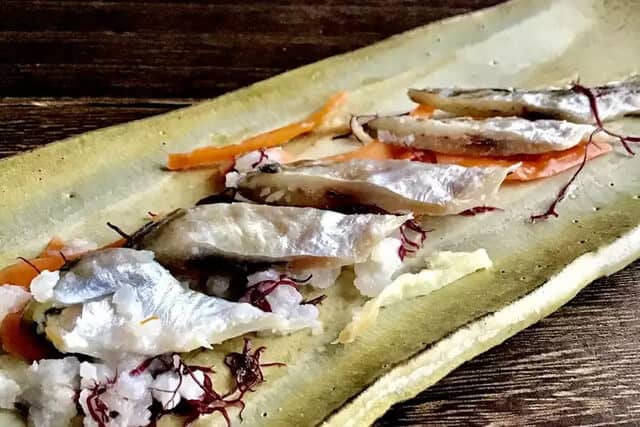
Hatahata-zushi represents a traditional Akita dish where locals ferment rice and koji (rice malt) with sandfish (hatahata). This type of iizushi (sushi fermented with rice) requires cooks to salt the fish, layer it with rice and koji, and ferment the mixture for several weeks. People developed this preservation technique for winter consumption. Chefs characteristically press it firm using bamboo leaves and weights, with pickling methods that vary across different locales.
Toyama Prefecture
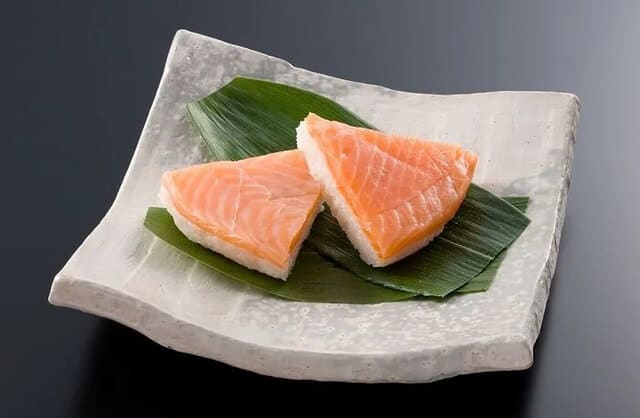
Masu-zushi is pressed sushi featuring vinegared cherry salmon (sakura masu) and vinegared rice, wrapped in bamboo leaves. Developed as a preserved food since the Edo period, the traditional method of maturing it in cedar barrels persists. It gained nationwide fame as an ekiben (station bento box), with flavors differing between shops based on the artisan’s specific balance of salt and vinegar.
Ishikawa Prefecture
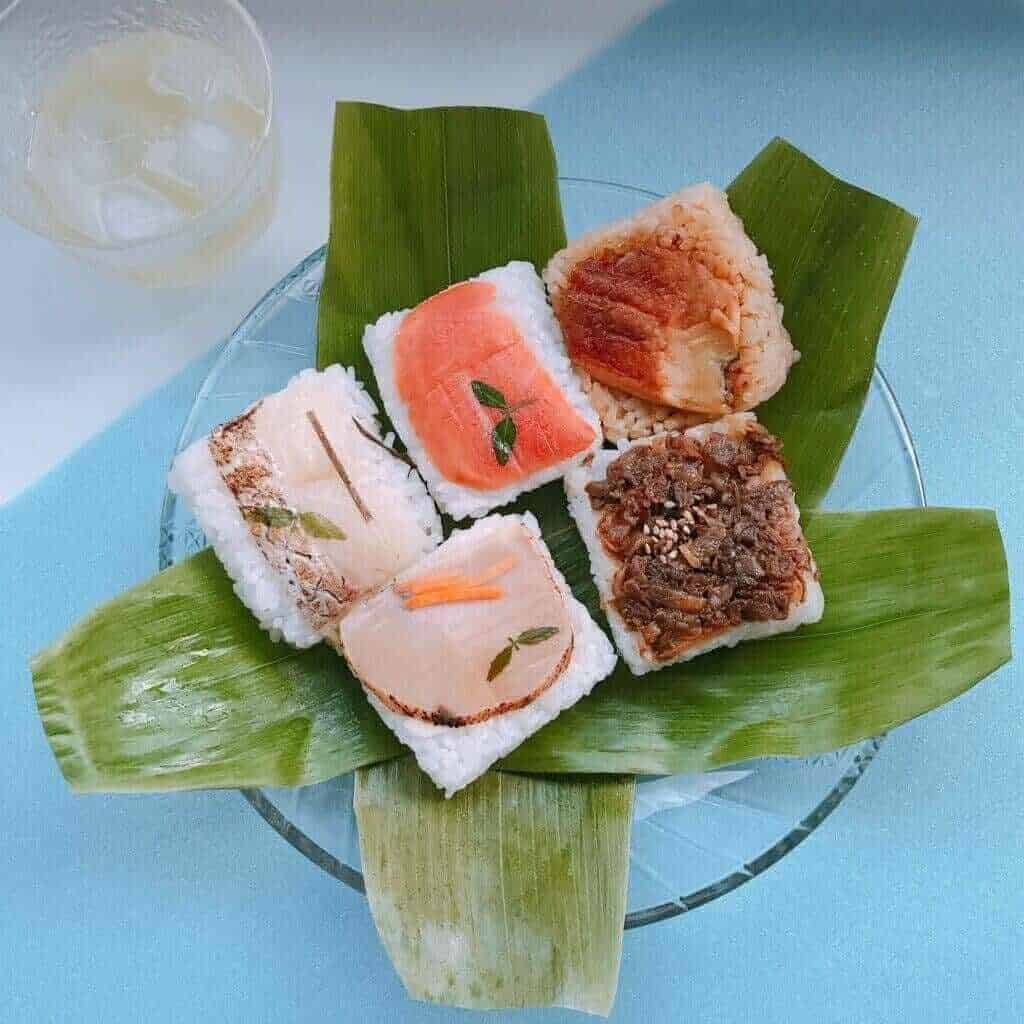
Sasa-zushi is pressed sushi with vinegared rice and seafood wrapped in bamboo (sasa) leaves. Originating as a preserved food in the Kaga domain, the natural fragrance and antibacterial properties of the bamboo leaves help keep the ingredients fresh. Its vibrant appearance, often with layered red and white ingredients, makes it a popular choice for celebratory meals.
Fukui Prefecture
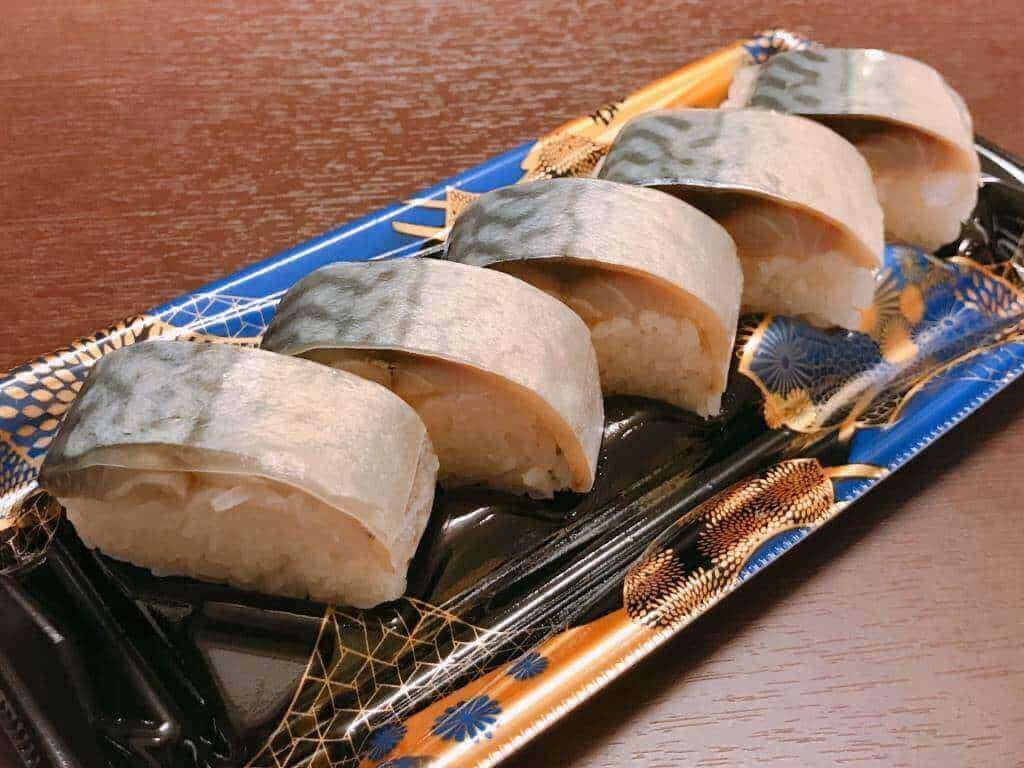
Saba-zushi features salt-cured mackerel (saba) atop vinegared rice. Merchants introduced it to Kyoto from the Wakasa region via the “Saba Kaido” (Mackerel Road). Diners appreciate the exquisite balance between the firmly cured fish and the well-vinegared rice.
Tokyo Metropolis
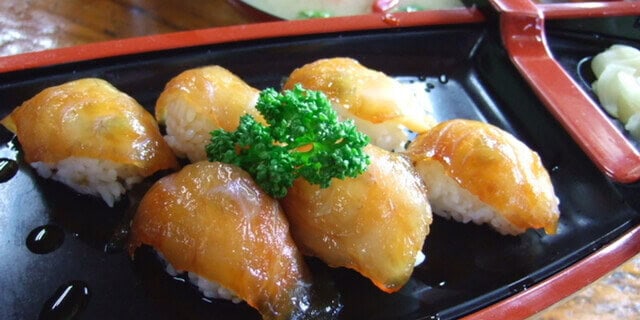
Bekko sushi features fresh white fish from the Izu Islands region marinated in spicy chili soy sauce. Furthermore, the dish earned its name “tortoiseshell sushi” because the pickled fish develops a distinctive tortoiseshell-colored sheen. Additionally, common fish varieties used include sea bream, tuna, and bonito.
Nara Prefecture
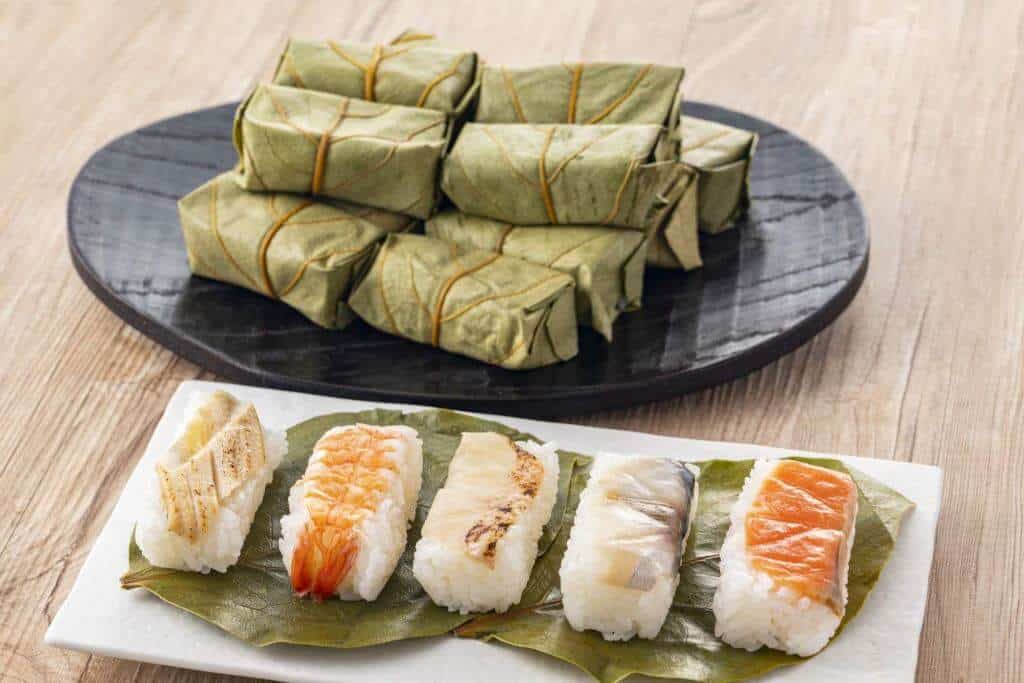
Kaki-no-ha-zushi is a preserved food made by wrapping mackerel or salmon on vinegared rice with persimmon (kaki) leaves. Adapted to the inland climate of the Nara Basin, the tannins in the leaves act as a natural preservative. It is known for its simple, rustic flavor.
Ooita Prefecture
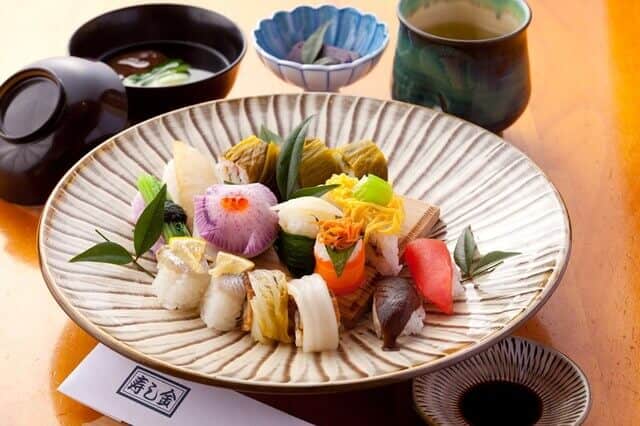
Originating from Hita City in Oita Prefecture, Hitan Sushi presents a distinctive regional interpretation of sushi that highlights local ingredients. This style departs from conventional sushi traditions by incorporating inventive combinations such as vinegared rice and vegetables encased in pickled mustard greens. Hitan Sushi represents a creative adaptation of Japanese culinary traditions, characterized by colorful presentations and strong connections to local food culture.
Okayama Prefecture
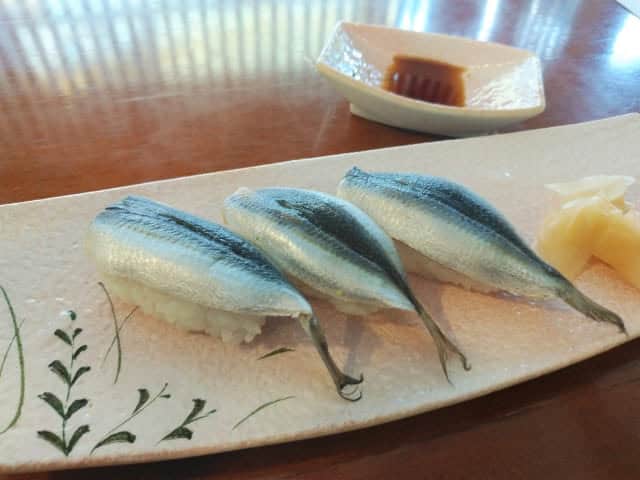
Mamakarī-zushi is a local specialty of the Setouchi region, featuring vinegared Japanese sardinella (sappa) on vinegared rice. The name amusingly means “so delicious you have to borrow more rice.” The small fish are prepared so even the bones become tender.
Yamaguchi Prefecture

Iwakuni-zushi is a visually stunning pressed sushi made by layering five colorful ingredients in a wooden mold. Interestingly, it’s said to have been introduced to Edo by the lord of Iwakuni domain during his sankin-kōtai (alternate attendance). Its layered cross-section is part of its appeal.
Kochi Prefecture
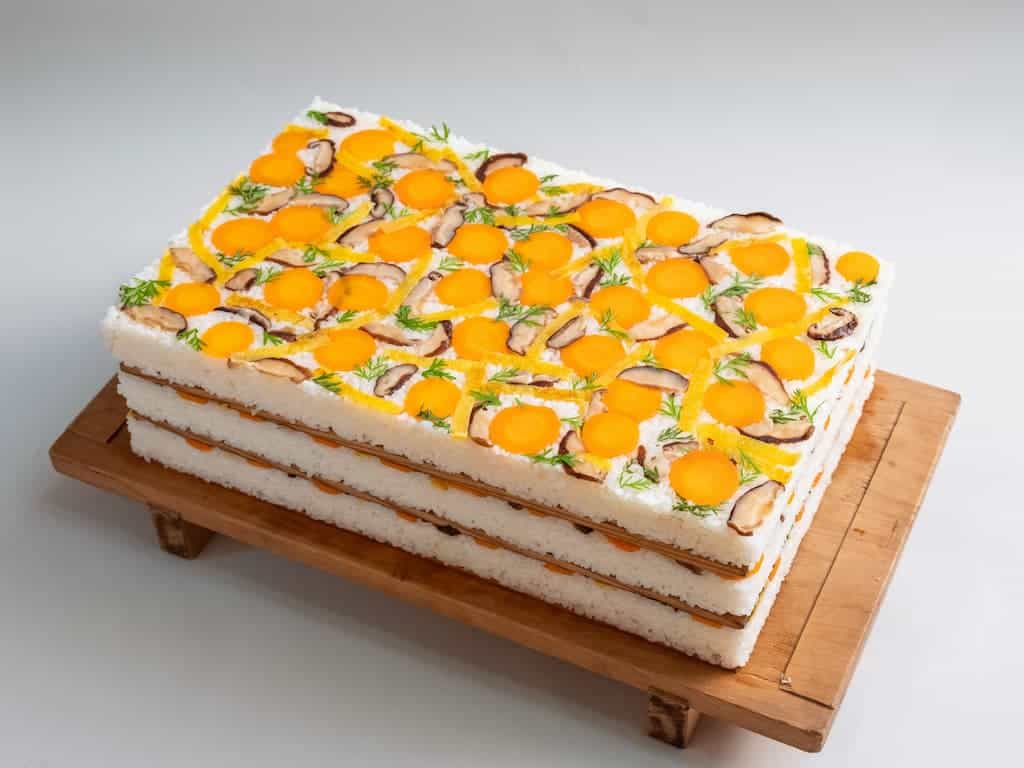
Kochi Prefecture’s Kokera Sushi represents a type of Oshi Sushi that combines yuzu-vinegar seasoned rice with ingredients like shiitake mushrooms, carrots, and kinshi eggs. Traditionally, chefs carefully layer this mixture in a square wooden mold to create a substantial 3-sho (roughly 10 kg) block of pressed sushi.
Conclusion of Unique Local Styles Sushi
Unique Local Styles of Sushi, each reflecting the local climate, history, and abundance of ingredients, tell a story of the depth of Japanese food culture. From traditional fermented sushi to pressed, rolled, and scattered varieties, distinct regional techniques and flavors have been passed down through generations and cherished during festivals and celebrations. Moreover, this kind of region-specific sushi transcends mere cuisine, playing a vital role as part of local identity and cultural heritage. However, changes in modern lifestyles have made passing down some traditions challenging. Nevertheless, they continue to be preserved through the dedicated efforts of local people and communities. So, when you visit Japan, be sure to savor the unique sushi from various regions and immerse yourself in the history and culture behind them.
Check more various sushi here
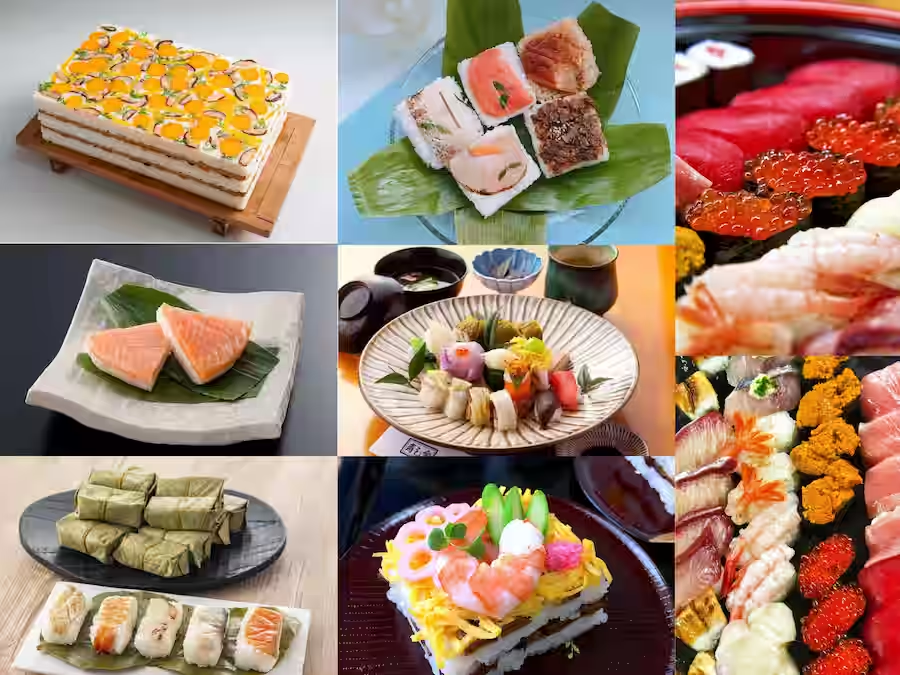
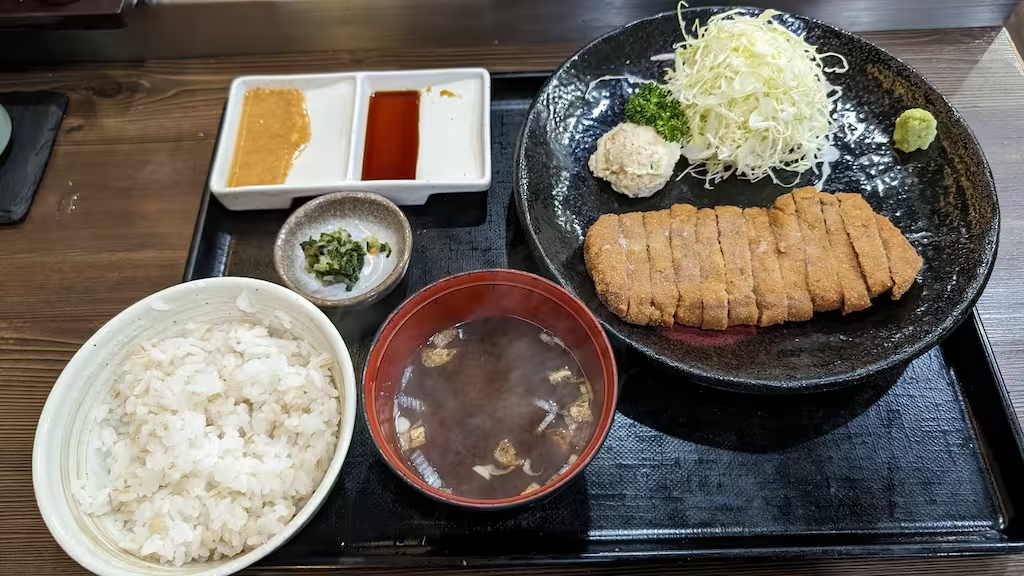
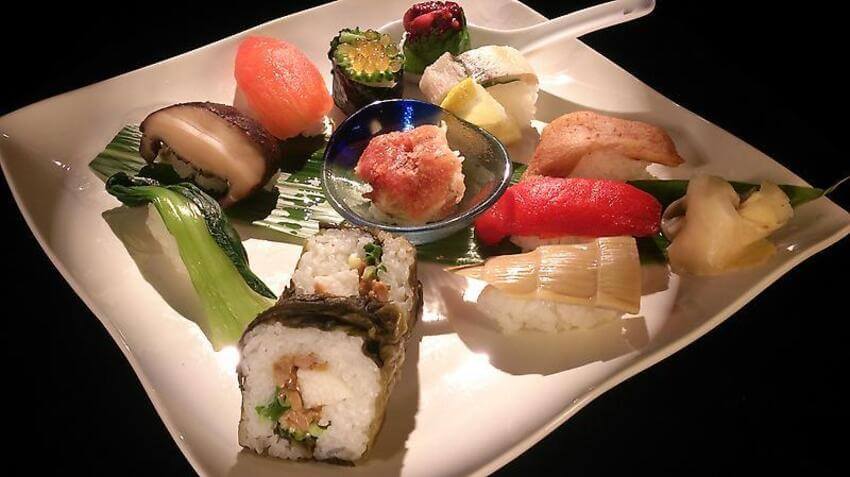
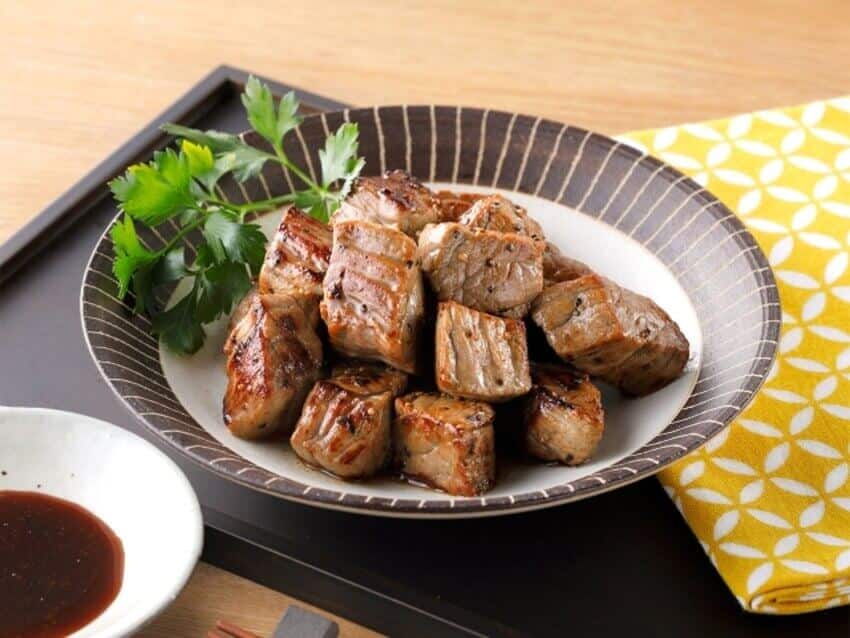
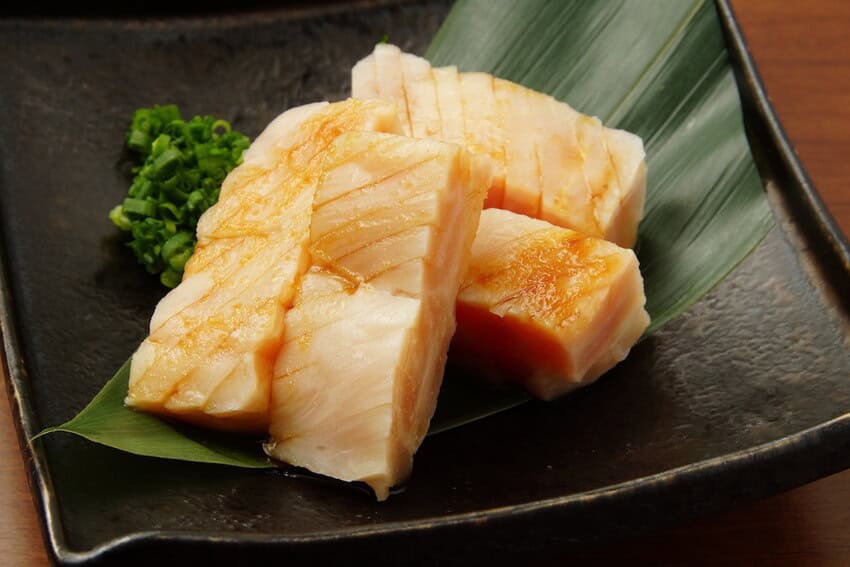

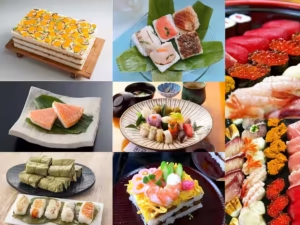
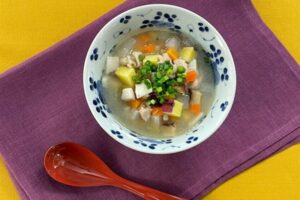
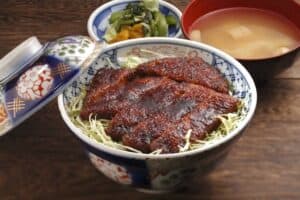
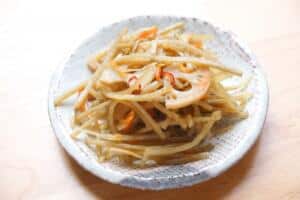
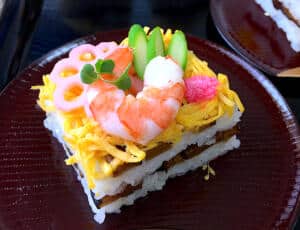

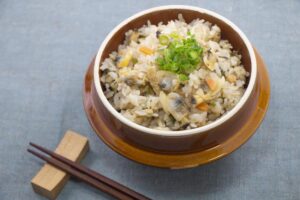
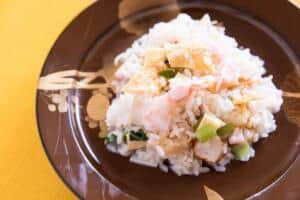
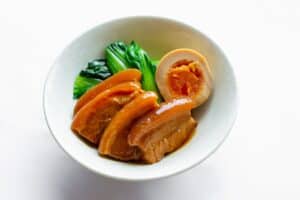
Comments